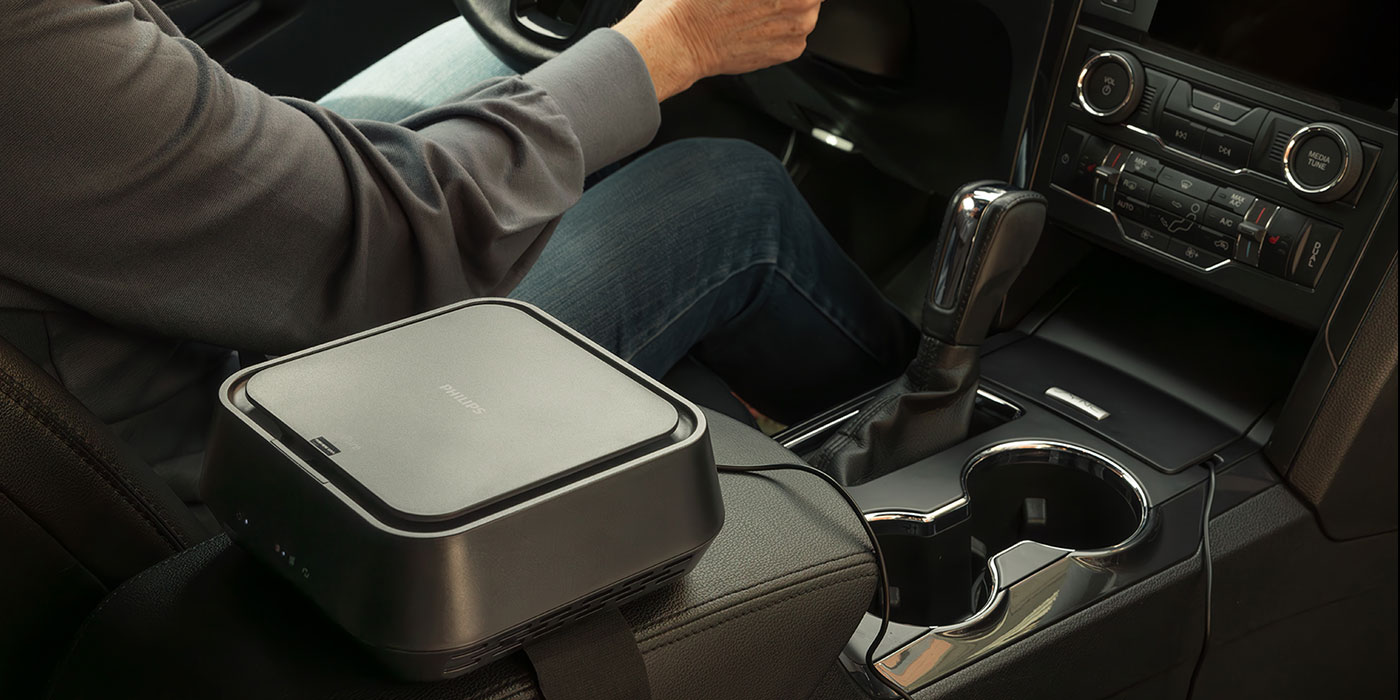As an automotive repair shop, your business handles used oil and fluids daily, and there are certain good housekeeping practices that must be followed. These required practices, called “management standards,” were developed by the EPA for any business that handles used oil. These standards are common sense, good business practices designed to ensure the safe handling of used oil, to maximize recycling and to minimize disposal.
- Properly label ALL containers and tanks for used oil.
- Never store used oil in anything other than tanks and storage containers.
- Keep all containers and tanks in good condition. Don’t allow tanks to rust, leak or deteriorate. Remove and replace any defective tank or container immediately!
- Take steps to prevent leaks and spills. Have sorbent materials available on site should a leak or spill occur. Write an emergency response plan, post the instructions in a visible spot and properly train all employees in the procedures.
- If a leak occurs, stop the oil from flowing at the source. If the leak can’t be stopped, put the oil in another container or tank.
If a spill occurs, contain the spilled oil by spreading a sorbent material over the spill. Remember, all leaked or spilled oil collected during cleanup must be handled as used oil.
It’s permissible to mix any of the following fluids and handle them as waste oil:
Waste Motor Oil
Power Steering Fluid
Transmission Fluid
Gear Oil
Hydraulic Oil
Store each of the following fluids separately. DO NOT mix any of these with waste oil:
Gasoline
Antifreeze
Cleaning Solvents
Brake & Carburetor Cleaners
Parts Washer Solvent
It is illegal to discard waste oil in a dumpster, down a sewer, in the water or even on the ground. Waste oil is regulated because it contains benzene and lead, picked up during the operation of a vehicle. Safe management and proper disposal of waste oil protects drinking water, fish, land and every worker in the shop!
Safe handling of used oil begins with using the proper equipment. There are two steps to follow when handing used oil in the shop. The first step is draining the used oil from the vehicle into a used oil collection container. The second step is transferring the used oil from the collection container into a bulk used oil holding tank.
Used oil collection containers or oil drains are available in a number of sizes and variations that can be used to transfer the used oil to the bulk holding tank.
One of the safest and most reliable ways of transferring used oil from an oil drain is by using a bulk system that incorporates an air-operated diaphragm pump and quick disconnect dry break couplers. This method pumps the oil quickly and safely from the drain into the holding tank. Most of these bulk systems are equipped with high level shut-off valves that prevent the tank from overflowing. And, most high volume drains — 16 gallons to 27 gallons can be modified to work with this type of system.
If the pump system is not an option, then a self-evacuating drain is another good choice. Instead of an air diaphragm pump, these drains use very low air pressure to transfer the oil out of the drain and into the holding tank. These drains are also available in high volume sizes. Source: JohnDow Industries


